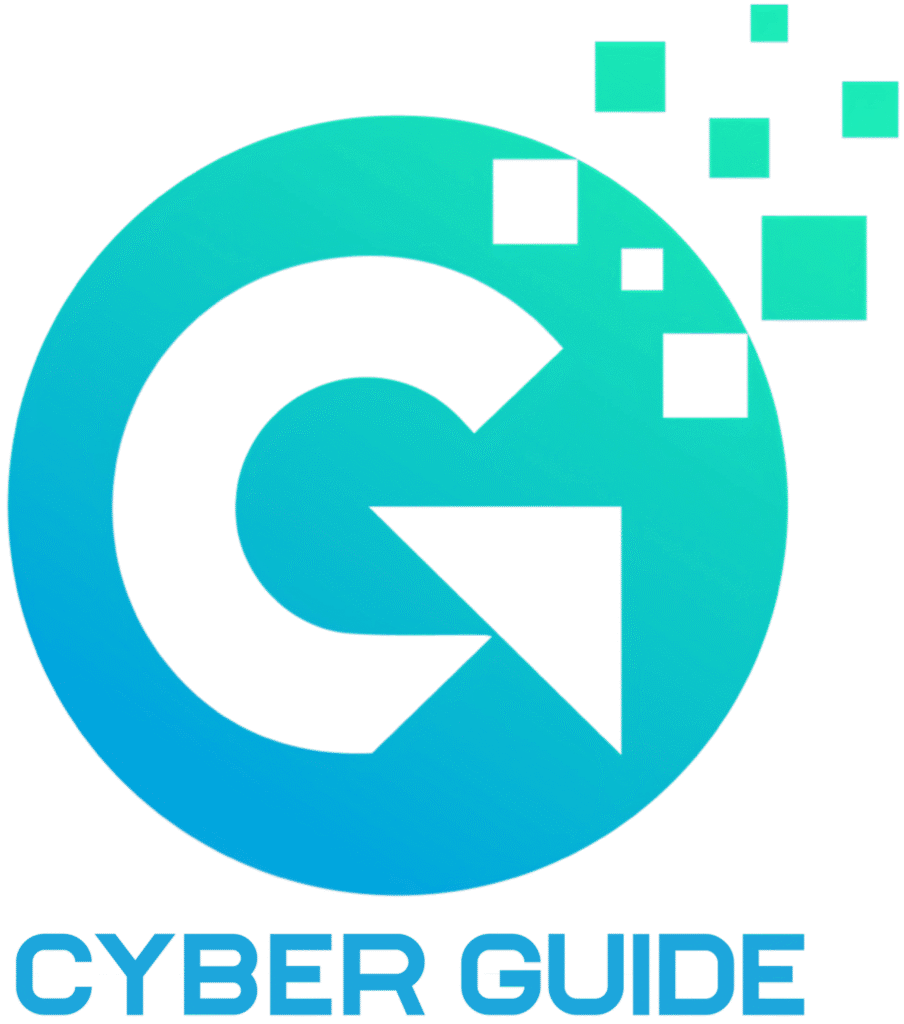Passwords alone can’t protect your NDIS business from today’s cyber threats. With phishing attacks and credential theft surging, Two-Factor Authentication (2FA) is a simple yet powerful defense against unauthorized access. Vivek Mahajan, founder of Careable and Cyber.Guide, has made 2FA a cornerstone of Careable’s security since launching as a registered NDIS provider in 2022, leveraging his 12 years of cybersecurity experience at Cisco, NTT, and Fujitsu.
The Australian Cyber Security Centre (ACSC) reports that 80% of data breaches involve stolen credentials, with 2FA preventing most phishing-related attacks. For NDIS providers handling sensitive participant data, 2FA is critical for compliance with the NDIS Code of Conduct and Privacy Act 1988. Here’s why and how to implement it, aligned with ACSC’s Essential Eight.
Why 2FA Matters for NDIS Providers
1. What Is Two-Factor Authentication?
2FA requires two forms of identification for login:
- Something you know: A password.
- Something you have: A code from an app, SMS, or device.
Even if a hacker steals your password, 2FA blocks access without the second factor.
NDIS Compliance: 2FA meets the Privacy Act’s requirement for reasonable security measures.
Example: The 2024 ACSC Annual Cyber Threat Report highlights that 2FA has saved small businesses thousands by preventing credential theft.
2. Protecting Sensitive Participant Data
NDIS providers manage:
- Medical records.
- Financial details.
- Personal histories and addresses.
A breach risks participant trust and penalties under the NDIS Practice Standards. The ACSC notes that 43% of cyberattacks target small businesses, with 2FA reducing breach risks by up to 99%.
NDIS Compliance: 2FA supports NDIS Code of Conduct for participant privacy.
Learn about breaches in What to Do If Your NDIS Business Gets Hacked.
How to Implement 2FA
1. Prioritize Critical Platforms
The ACSC’s MFA Guidance recommends 2FA for sensitive systems. Start with:
- Email: Gmail, Outlook.
- Case Management: Careview, SupportAbility.
- Finance Tools: Xero, MYOB.
- Cloud Storage: Google Drive, OneDrive.
- NDIS Portal: Essential for compliance.
Real Impact: At Careable, Vivek’s NDIS provider, enabling Google Authenticator for NDIS portal logins in 2023 strengthened security, aligning with ACSC guidance.
NDIS Compliance: 2FA on critical systems meets NDIS Practice Standards for governance.
See password tips in Strong Passwords: Your First Line of Defense.
2. Choose Free 2FA Tools
The ACSC advises app-based 2FA over SMS for higher security. Free options include:
- Google Authenticator: Generates time-based codes.
- Microsoft Authenticator: Integrates with Microsoft 365.
- Authy: Syncs across devices with backups.
Advanced Tip: Enable biometric 2FA (e.g., fingerprint) for faster staff access, per ACSC recommendations.
NDIS Compliance: Free 2FA meets Privacy Act’s cost-effective security measures.
Explore tools in Free Tools to Boost Your Cybersecurity.
3. Make 2FA Mandatory for Staff
The ACSC’s Essential Eight requires MFA for all sensitive accounts.
- Update IT policies to mandate 2FA.
- Train staff using ACSC’s free modules at cyber.gov.au/learn.
- Monitor compliance via IT audits.
NDIS Compliance: Mandatory 2FA aligns with NDIS governance requirements.
If participants or carers use client portals (e.g., for schedules), offer 2FA options.
4. Educate Participants (If Using Client Portals)
- Provide setup guides for tools like Google Authenticator.
- Offer support via secure channels like Signal.
- Ensure opt-in to respect accessibility needs.
NDIS Compliance: Participant 2FA upholds NDIS Code of Conduct for privacy.
See phishing prevention in Phishing Scams: How to Spot and Stop Them.
5. Plan for Account Recovery
The ACSC advises backup options to avoid lockouts.
- Save backup codes in a secure password manager like Bitwarden.
- Register alternative emails or phone numbers.
- Train staff to contact platform help desks safely.
NDIS Compliance: Recovery plans ensure continuity of care, per NDIS operational standards.
6. Train Staff to Avoid Phishing
The ACSC notes that phishing bypasses 2FA if users share codes.
- Simulate phishing tests using ACSC resources.
- Teach staff to verify 2FA prompts (e.g., avoid fake login pages).
- Reward reporting of suspicious prompts.
NDIS Compliance: Training meets NDIS Practice Standards for staff education.
Why This Matters
2FA is a critical defense for NDIS providers, preventing breaches that threaten participant trust and compliance. The ACSC warns that 60% of small businesses fail within six months of a cyberattack, with average losses of $46,000. As Vivek says, “You care for people—I’ll help protect the systems that support them.” Implementing 2FA ensures compliance with the NDIS Code of Conduct and safeguards participant dignity.
About Cyber.Guide: Founded by Vivek Mahajan in 2022, Cyber.Guide empowers NDIS providers with free, practical cybersecurity tools tailored to the sector. Our mission, rooted in Careable’s C.A.R.E. philosophy (Compassion, Accountability, Respect, Empowerment), is to secure the systems that support your participants.
Test Yourself: Is your NDIS business fully protected with 2FA? Take our free Cybersecurity Quiz to find out.
Author: Vivek Mahajan, founder of Careable and Cyber.Guide, brings 12 years of cybersecurity experience from Cisco, NTT, and Fujitsu, plus hands-on NDIS expertise as a registered provider. Connect at vivek@careable.com.au or LinkedIn.
Trust Note: All Cyber.Guide content is fact-checked, updated quarterly, and aligned with ACSC’s Essential Eight and NDIS Practice Standards. Examples are generalized from ACSC data or verified outcomes; no unverified incidents are included. See our Privacy Policy.
CTA: Download our NDIS 2FA Setup Guide at Cyber.Guide/resources to protect your participants today.
Incident Reporting: If you suspect a credential breach, report it to the ACSC at cyber.gov.au/report and notify the OAIC for eligible data breaches, per the Privacy Act 1988.





